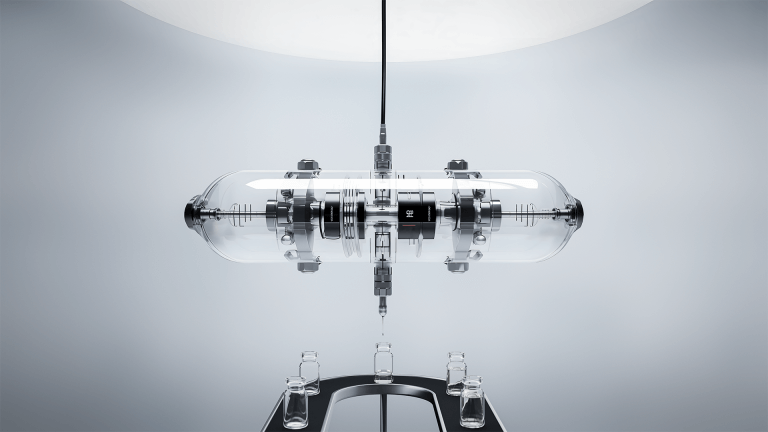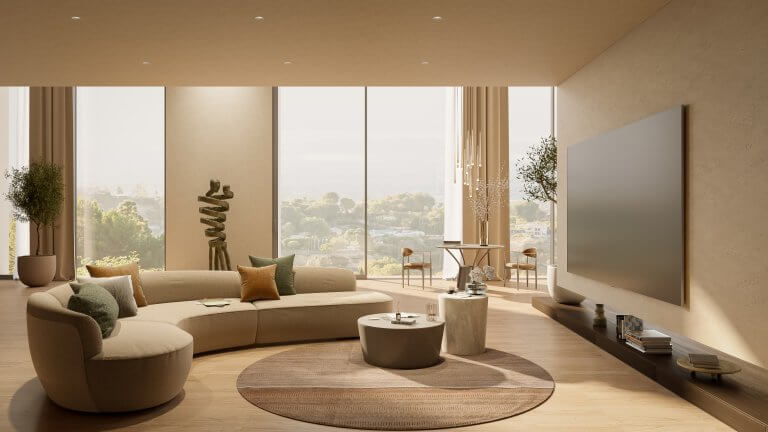Augmented reality is an emerging technology that has been in every brand’s marketing handbook since 2020. Due to the pandemic, virtual technology is in high demand. Experts predict that this industry is set to reach $61.39 billion by 2023.
In this blog, learn more about:
What is Augmented Reality?
Augmented reality blends virtual content in real-time through devices. The digital content includes images, videos, 3D models, and face filters. It improves the user’s experience by altering the perception of the real world.
Put in simpler terms, augmented reality is where virtual meets real life. This digital reality is now present in social media and is becoming a viral marketing tool used by brands.
Key Benefits of Augmented Reality
Realistic Visuals
Brands use AR experiences to relieve the stress towards online shopping. Consumers can now relax and not worry about picking up the wrong size. More real visual representations help brands grow revenue and customer loyalty.
Pre-buying Experience
As lockdown and social distancing became the new norm, virtual try-on techniques have become popular. The interactive experience of trying on products with a few swipes has pushed brands to use AR tools. Sephora’s app allows you to try on lipsticks and eyeshadows before placing their orders.
Brand Image
Embracing augmented reality marketing gives brands a premium touch. It creates a higher perception of the brand with its target audience. According to the 2021 Global Snap report, brands with augmented reality experiences are 41% more likely to be considered by consumers.
Holds Customer’s Attention
Saturated markets and a declining attention span are becoming a real threat to brand visibility. However, augmented reality has the opposite effect. AR-based campaigns can easily capture and hold the attention of the consumers through their immersive experiences.
Fun-based Promotions
Promotions are no longer serious communications. Now, they include the fun element of augmented reality filters. Taco Bell’s Snapchat filter is one such example. More than 224 million users loved the funky filter, increasing their attention span to 24 seconds, boosting the brand’s visibility.
Today only: turn yourself into a taco using our @Snapchat lens. Because Cinco de Mayo. pic.twitter.com/P4KwLdFNFZ
— Taco Bell (@tacobell) May 5, 2016
AR in Social Media
- Facebook: The giant networking site lets brands create and promote augmented reality ads on its platform with Spark AR Studio. The brands can display their products in 3D images and videos in a way that it mirrors an actual website.
- Snapchat: Synonymous with AR, Snapchat boasts more than 200 million users who engage with cheerful AR filters every day. Also its shoppable AR try-on filters have given a boost to many luxury brands’ presence in the e-commerce sector.
- YouTube: YouTube allows creators, musicians to immerse and engage their fans through VR tours on the app.
- Pinterest: This visual platform has introduced AR-based virtual makeup try-on to entice viewers.
- Instagram & TikTok: The short video-sharing platforms have their own branded AR effects for their users.
Innovative Uses of Augmented Reality
Shopping
IKEA introduced an augmented reality feature in its app where buyers can place virtual furniture in real-time. Customers can browse over 2,000 products and drop the selected product into a space before making their decision.
IKEA Place allows buyers to visualize what the furniture would look like in their homes
Navigation
To make navigation easier, Google introduced an augmented reality feature called “Live View” in its Maps application. Travelers on foot can use the phone’s camera to overlay arrows and labels in new places.
Gaming AR
Pokemon GO took the world by storm with its innovative AR features. Therefore, users spent more time on the game than on any other social media. Since then, this has presented new opportunities for advertisers to promote their products.
Design
AR can help architects and modeling professionals visualize their designs. It helps to make quick changes in the designs by providing more details like distance, area, texture, and more.
Inventory Tracking
Walmart has creatively applied AR technology to decrease its inventory tracking time. Their informative display overlays with prices and product details have also assisted the buyer’s in-aisle shopping.
The Potential of AR Marketing: A Brighter Future
As digital consumption rises, the boundaries between the real and virtual world are blurring. As a result, there is so much potential to fuse AR with digital channels that need to be discovered. Brands will have to constantly experiment with augmented reality to stand first in the consumer’s line of attention.

